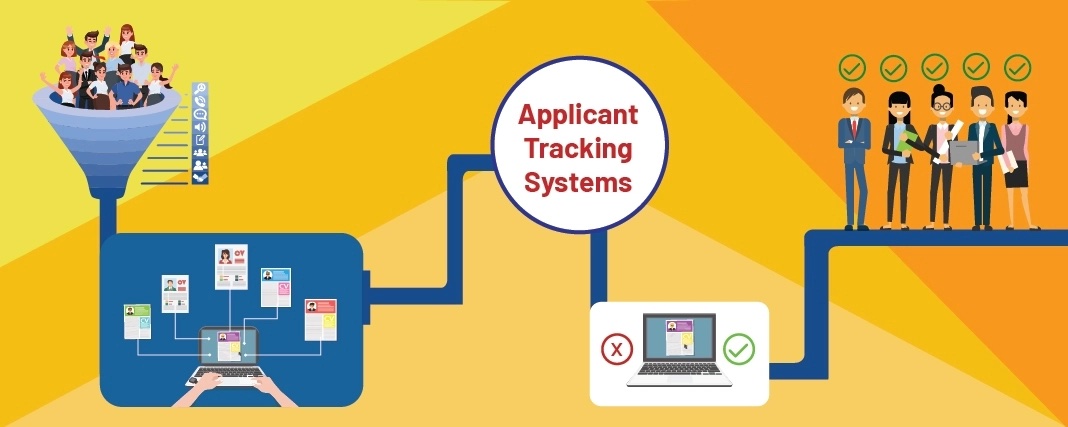The rise of remote work has presented many benefits, including flexibility, increased productivity, and reduced overhead costs. However, it has also introduced new cybersecurity risks that businesses and employees must be aware of and address. In this article, we will explore some of the common cybersecurity risks associated with remote work. We provide tips on how to address them.
See Also: Education and Training in the Workforce
Phishing Attacks
Phishing attacks are a common form of cyber attack. They trick users into giving away sensitive information, such as login credentials. Remote workers are particularly vulnerable to these attacks because they may not have the same level of protection as they would in an office setting. To address this risk, remote workers should be trained on how to identify and avoid phishing attacks. Businesses should implement security measures such as two-factor authentication and spam filters.
Weak Passwords
Weak passwords are a common cybersecurity risk, as they are easy for hackers to guess or brute force. Remote workers may be more likely to use weak passwords because they are not under the same level of scrutiny as they would be in a traditional office setting. To address this risk, remote workers should use strong passwords that are difficult to guess. They should use a different password for each account. Businesses should also require employees to use strong passwords and implement password policies that require regular password changes.
Unsecured Wi-Fi Networks
Remote workers may use public Wi-Fi networks, such as those at coffee shops and airports, to connect to the internet. However, these networks are often unsecured and can be easily hacked, putting sensitive data at risk. To address this risk, remote workers should avoid using public Wi-Fi networks whenever possible and should instead use a virtual private network (VPN) to connect to the internet. Businesses should also provide remote workers with secure access to company resources, such as email and file sharing, through a VPN.
Malware and Viruses
Malware and viruses are a common cybersecurity risk that can be introduced to a computer system through malicious downloads, email attachments, and other means. Remote workers may be more vulnerable to these risks because they may not have the same level of protection as they would in a traditional office setting. To address this risk, remote workers should use anti-virus software and keep their software and operating systems up to date. Businesses should also implement security measures such as firewalls and intrusion detection systems.
Insider Threats
Insider threats, such as employees stealing sensitive information, are a cybersecurity risk that can be particularly difficult to address in a remote work environment. To address this risk, businesses should implement security policies and procedures that govern access to sensitive information and require regular training on cybersecurity best practices. Remote workers should also be required to use secure methods for accessing company resources and should be required to report any suspicious activity.
In conclusion
Remote work has presented many benefits, but it has also introduced new cybersecurity risks that must be addressed. Businesses and employees should be aware of these risks and take steps to address them, such as training employees on how to identify and avoid phishing attacks, using strong passwords and a VPN, avoiding public Wi-Fi networks, using anti-virus software and keeping software up to date, and implementing security policies and procedures. By taking these steps, businesses and employees can work together to create a secure remote work environment.



















